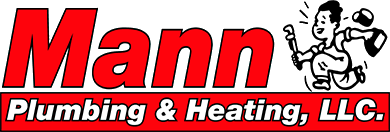Call Now
Mann Plumbing & Heating's Services
We’re proud of every job we perform, from small repairs to substantial designs and installations. We provide HVAC, Maintenance, Plumbing, and Excavation services for your home or business for your peace of mind.
View Services
Buy Today, Pay Over Time
Everyone deserves to live in comfort. Your quality of life doesn’t need to break the bank. A new system may seem costly upfront, but the long term savings simply can’t be overlooked. Leave temporary fixes behind.
Learn More

Your Certified Trane Comfort Specialists™
We’re a trustworthy company that provides solid ground for customers to enjoy comfort, system performance, and savings in Chambersburg, PA and beyond.


